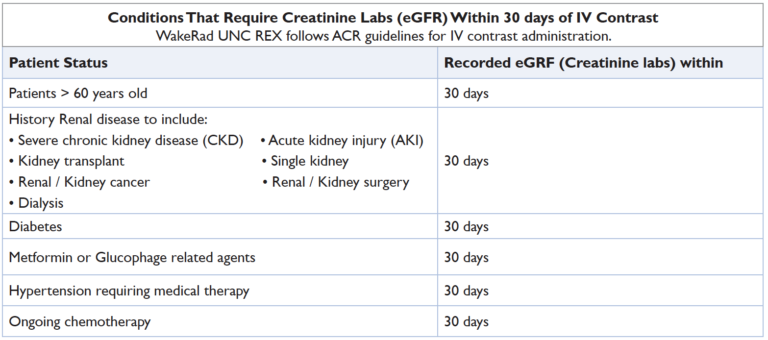
A graft biopsy was suspect for recurrence of HUS. Bold horizontal lines represent the reference range.Īt the age of 6 1/2 years the patient displayed a sudden increase in serum creatinine concentration, along with hematuria. Each data point represents a single serum creatinine concentration obtained by routine laboratory measurement (Y-axis) at the age indicated (X-axis). A quiet period of ten months ensued.Ĭase history: patient serum creatinine concentrations in time. Subsequently, with monthly intervals, two episodes of bacterial gastroenteritis with increased serum creatinine concentrations due to dehydration, and a primo Epstein-Barr virus infection occurred. One month post-transplant, an acute rejection occurred, which was successfully treated with methylprednisolone. Ten days post-transplant he showed perforation of the colon ascendens, for which a temporary stoma was applied. Post-transplant, serum creatinine values quickly normalised to circa 25 µmol/L (see Figure 13.1.). At the age of five years, the boy received an adult deceased donor kidney graft. Bilateral nephrectomy was performed at four years of age because of therapy-resistant hypertension.įinding a suitable deceased kidney donor was difficult due to the patient’s homozygosity on HLA-A, -B and -DR alleles. Peritoneal dialysis was started, yet after two years this was switched to hemodialysis due to a devastating peritonitis. Plasma exchange resulted in temporary clinical improvement, but the HUS recurred after a few months, and plasmapheresis could not prevent him from progression to end-stage renal failure. A representative case described below gave rise to the present data.Īt the age of four months, a boy presented with atypical HUS for the first time.

This syndrome is characterised by microangiopathic hemolytic anemia, thrombocytopenia, and renal failure ( 1).
#Creatinine istat venous plus
To that purpose, we evaluated two different POCT systems for creatinine measurement (Roche Reflotron Plus and Abbott i-STAT) versus the routine test used in the laboratory of the Erasmus MC-Sophia Children’s Hospital, in 20 children displaying an extensive range of creatinine blood values.Ĭhildren with atypical HUS have frequently been referred to the pediatric clinic in Rotterdam. Notably, POCT systems used at home should produce results comparable to reference testing in the laboratory. Therefore, it was considered essential that tests could be carried out with a small volume of capillary blood. Obviously, POCT devices employed at home must be easy to use in daily practice by the patient or his/her parents. Point-of-care testing (POCT) for creatinine concentrations offers the advantage of providing a result within minutes outside the hospital, which potentially enables faster diagnosis and management of HUS and other conditions threatening kidney function. Below we describe a pediatric case of recurrent hemolytic-uremic syndrome (HUS), in which we would have liked to monitor creatinine levels at home in order to restrict the number of hospital visits. Home monitoring of serum creatinine concentrations could, for instance, be useful during insecure periods after kidney transplantation, or to keep a close watch on possible disease recurrences.

In some circumstances, a creatinine check at home instead of a complete clinical control could be sufficient for patients with renal disease.


 0 kommentar(er)
0 kommentar(er)
